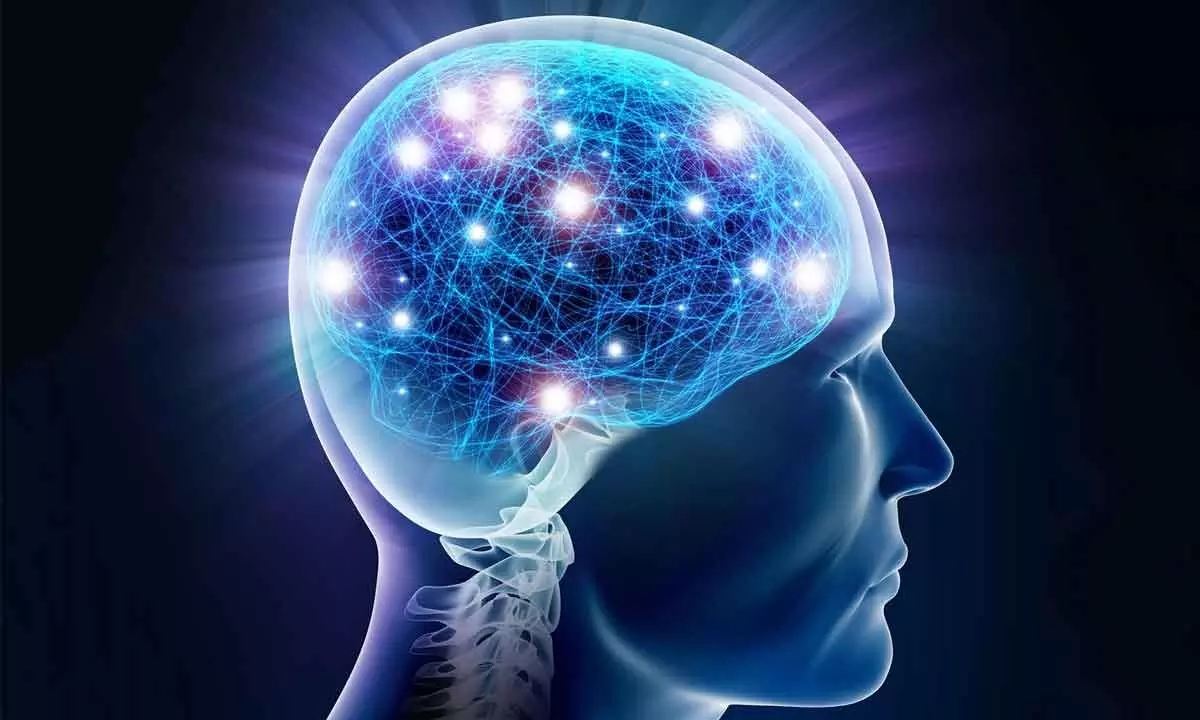How information is held in the brain

Scientists have uncovered details about the functioning of the working memory, throwing light on how information is 'held' in the brain.
Scientists have uncovered details about the functioning of the working memory, throwing light on how information is 'held' in the brain.
Neuroscientists at The Picower Institute for Learning and Memory, Massachusetts Institute of Technology, US, have found that a network of neurons 'holds' the information by making short-lived changes in the pattern of their connections, or synapses, the study said. Between the time you read the Wi-Fi password off the café's menu board and the time you can get back to your laptop to enter it, you have to 'hold' it in mind.
This is a classic case of working memory in action that researchers have strived for decades to explain. Scientists compared measurements of brain cell activity in an animal performing a working memory task with the output of various computer models representing two theories of the underlying mechanism for holding information in mind. The study has been published in the journal PLOS Computational Biology.
The results strongly favoured the newer notion that a network of neurons stores the information by making temporary changes to their synaptic patterns. They contradicted the traditional alternative that memory is maintained by neurons remaining persistently active, like an idling engine. While both the models allowed for information to be 'held' in mind, only the versions that allowed for synapses to transiently change connections, or "short-term synaptic plasticity", produced neural activity patterns that mimicked what was actually observed in real brains at work, the study said.
The idea that brain cells maintain memories by being always 'on' may be simpler, acknowledged senior author Earl K. Miller, but it doesn't represent what nature is doing and can't produce the sophisticated flexibility of thought that can arise from intermittent neural activity backed up by short-term synaptic plasticity. "You need these kinds of mechanisms to give working memory activity the freedom it needs to be flexible," said Miller.
"If working memory was just sustained activity alone, it would be as simple as a light switch. But working memory is as complex and dynamic as our thoughts," said Miller. Co-lead author Leo Kozachkov said matching computer models to real-world data was crucial. "Most people think that working memory 'happens' in neurons - persistent neural activity gives rise to persistent thoughts.
However, this view has come under recent scrutiny because it does not really agree with the data," said Kozachkov. "Using artificial neural networks with short-term synaptic plasticity, we show that synaptic activity, instead of neural activity, can be a substrate for working memory.
The important takeaway from our paper is: these 'plastic' neural network models are more brain-like, in a quantitative sense, and also have additional functional benefits in terms of robustness," said Kozachkov. Alongside co-lead author John Tauber, Kozachkov's goal was not just to determine how working memory information might be held in mind, but to shed light on which way nature actually does it.













